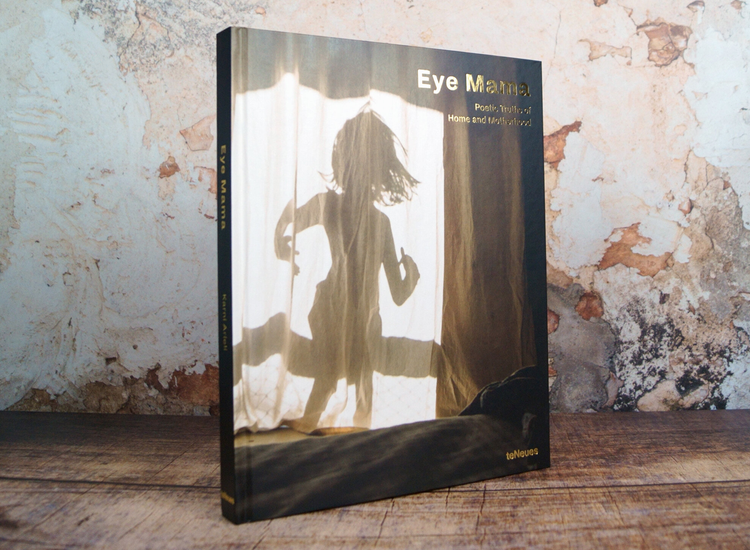Invisible People of Belarus BUY HERE £20
Invisible People of Belarus is a photobook accompanied by critical reflections and testimonies which documents the lives of disabled people and Chernobyl victims living in governmental institutions in Belarus. These institutions are known as internats and function as something between an orphanage, asylum, and hospice. Internats often exhibit glaring deficiencies in terms of how they care for their residents: very little physical or educational therapy is offered; there are few opportunities for recreational activities; and the right to a private life is not respected, with romantic relationships between residents prohibited. Integration within the local community is virtually non-existent. Their location makes it difficult for the families that would like to stay in touch with their children to visit. Some are located in very rural areas and with almost no public transport links. All internats are either fenced off or walled. This separation stands as a metaphor for the way disability is thought about in Belarus: misunderstood and better shut away.
Through her use of intimate imagery, born through extended periods spent in internats, Bronte allows the reader to see ways of life that are often hidden. Her 30 images, comprising portraiture, architectural photography, and documentation of residents’ creative work, are book-ended by two sections of writing.
In the first section, Bronte reflects on her reasons for choosing to focus on the lives of internat residents and dwells on her personal attachments to the project. Next, an anonymous NGO worker with decades of experience working in internats examines the institutional, governmental, and cultural contexts that allow for their existence. Finally, an essay by writer Michael Thomason asks after the potential of Bronte’s work to contribute towards creating a more equitable place for difference; one not confined behind fences. With kind permission from Nobel prize winning author Svetlana Alexievich, testimony from Chernobyl survivors is reproduced throughout the essay to ask what we might learn from a community of people similarly abandoned by the state.
After the photographs, testimonies from the mothers of people residing in internats allow the reader to explore the difficult decisions parents make – often under duress – to give their children away. Also included are testimonies from two internat residents who reflect on their lives there, and the director of the Institute of Radiation Safety in Belarus.
------------------------------------------------------------------
Limited 1st edition of 500 copies. All books are blind embossed and hand numbered.
The book is bilingual in English and Russian. The book is hard covered with classic black fabric and the title is hot stamped with vinyl finishing. The English title is on the front-cover and the Russian on the back. 20x24cm, 128 pages. Offset lithograph printed 3 different papers.
Free PDF: Here
Staying Home Together BUY HERE €30
In this historic time, F-Stop Magazine and Exhibit Around decided to co-publish a photographic book based on the theme, Staying Home Together. Our aim is to explore the current shared global experience from photographers portraying their experience: to highlight images from new routines in our lives, environments, and everyday life. So much of what has happened to all of us in 2020 is shared experience. How can we not have similar thoughts, feelings, fears, about what is taking place or lies ahead? So many things that are similar across cities, states, countries and continents disclose the universal experience the world is sharing at this point in time.
Eye Mama: Poetic Truths of Home and Motherhood BUY HERE £40
The Eye Mama book is a photographic portfolio showcasing the mama narrative and the mama gaze, what female and non-binary photographers see when they look at, and into the home.
Based on the Eye Mama Project, a photography platform sharing a curated feed by photographers worldwide who identify as mamas, the Eye Mama book brings together more than 150 images to render what is so often invisible―caregiving, mothering, family and the post-motherhood self― visible.
This iconic book of photographs brings together the images from this movement, experiencing the light and dark of care and parenthood, the beauty of close-up details, love and hardship, and most importantly, the personal poetic truths of these mamas and artists.
The Eye Mama book highlights the narrative of motherhood, allowing us to see for the first time in history through the eyes of mamas worldwide, because mama gaze matters!
The Eye Mama Project has been featured in National Geographic, Vogue, Stern, Romper, British Journal of Photography, Creative Review and more. Go to www.eyemamaproject.com to find out more.



